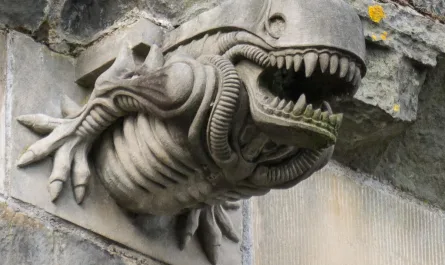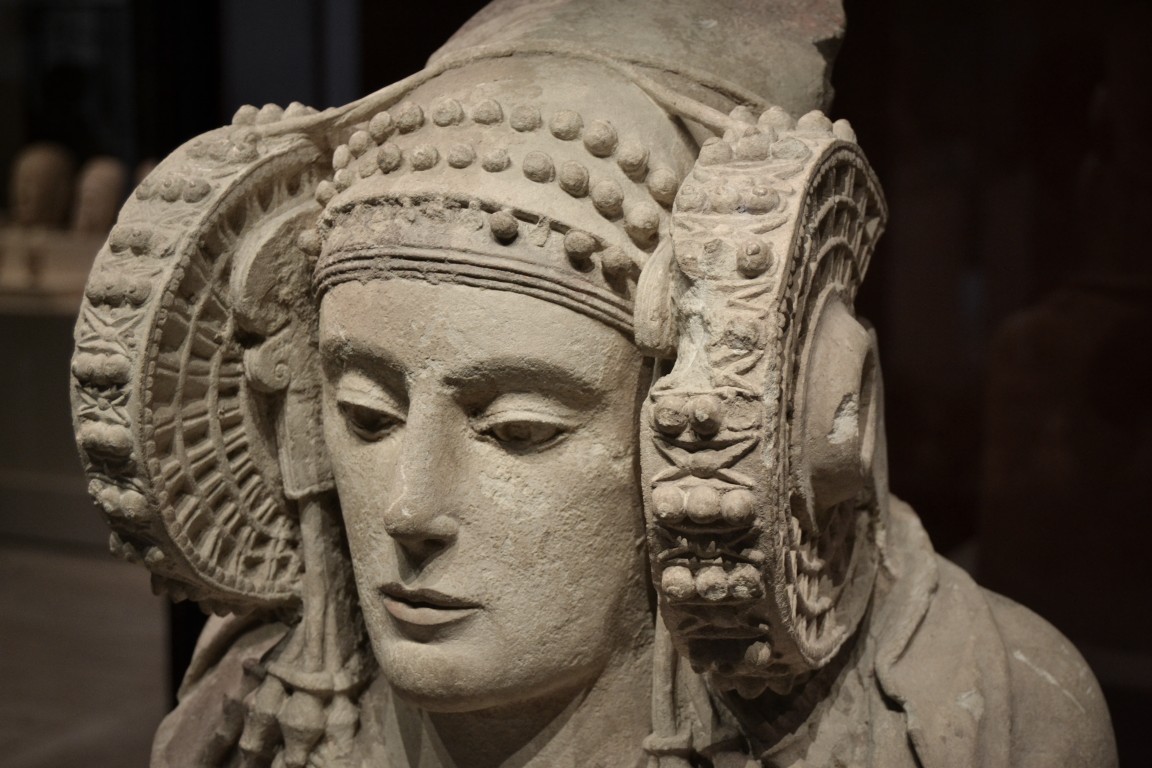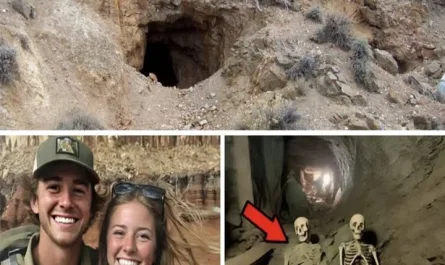When long-dead human remains are found buried in unusual circumstances, anthropologists are usually able to piece together why. But the bones of a child that lived just a couple of hundred years ago in Poland are proving to be a bit of a head-scratcher.
In a shallow grave in Tunel Wielki Cave, located in Sąspowska Valley in the Kraków-Częstochowa Upland, the body of a young child was found buried all alone. The only other human bones in the cave were over 4,500 years old, so it wasn’t a location in regular use for burials.
Archaeologists believe it’s the only modern human buried in a cave in the region.
But it gets even weirder: the skull of a small bird, a chaffinch (Fringilla coelebs), was found in the child’s mouth, and another chaffinch skull was found next to its cheek.
The skeleton is not fresh, exactly. The remains were first discovered 50 years ago during excavations of the caves, but almost all the finds had been placed in storage pretty much immediately without ever having been examined or described.
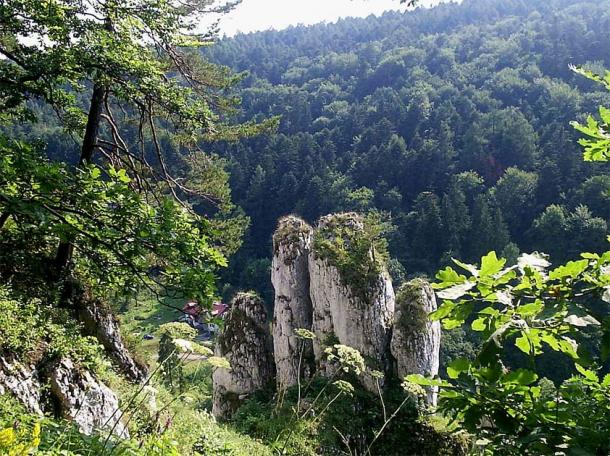
Archaeologist Małgorzata Kot from the Institute of Archaeology at the University of Warsaw embarked on a project to analyze these artifacts when she stumbled upon the remains.
“When we opened another dusty box from an old research project, we found small child’s bones,” she told Science in Poland, a science outreach website run by the Polish government’s Ministry of Science and Higher Education.
“Their discoverer, Professor Waldemar Chmielewski, never published the details of this find, he only included a photograph of it in a book published in the 1980s.”
Radiocarbon dating suggests the child was buried in the later half of the 18th century CE, or very early in the 19th century, and died at about the age of 10. Preliminary examination of the bones also suggests that the child was suffering from malnutrition.
As for why it was buried in a cave all by itself, with the heads (or skulls) of chaffinches, that’s still an utter enigma.
“This practice is not known among the ethnologists we have asked for opinions. It remains a mystery why the child was buried in a cave in this way, not in a cemetery in a nearby village,” Kot said.
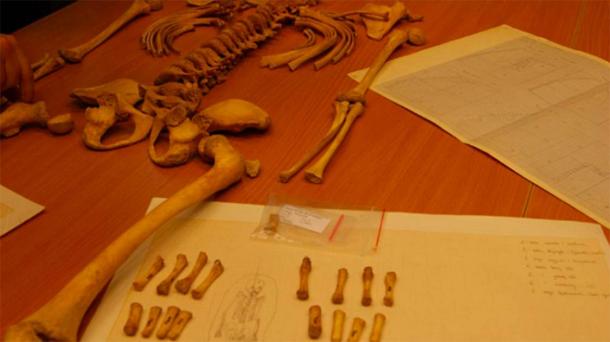
The bird skulls had already been described in an earlier paper, but the authors had not known that they had been found as part of a human burial, since this burial has never before been described in published research.
“We returned to [the bird] skulls, but the new analysis did not show anything that could at least explain why the chaffinch heads accompanied the child. For example, there are no traces of cuts on the skulls. We only know that these were the remains of adult birds,” Kot said.
This bizarre mystery raises many questions, and unfortunately, there’s a serious hindrance to the team’s quest to find more answers – the child’s skull is missing. It was sent to anthropologists in Wrocław straight after excavation, and no one knows what became of it.
Sadly, the dozens of caves in the Sąspowska Valley have been extremely damaged by humans since the child was interred.
During the late 19th and early 20th centuries, farmers removed much of the sediment from the caves to use as fertilizer, damaging countless artifacts dating back to at least the Palaeolithic, including human remains and Neanderthal tools.
Industrial exploitation of the caves has been banned for decades, but there’s no telling how much damage had already been done – or if there were any clues that may reveal why these much more recent remains had been buried there and in such a strange way.
The team intends to conduct a more thorough series of DNA tests on the remaining bones to see if it yield any more clues about the child’s tragic end. So it may not be the last we hear of this strange burial.
